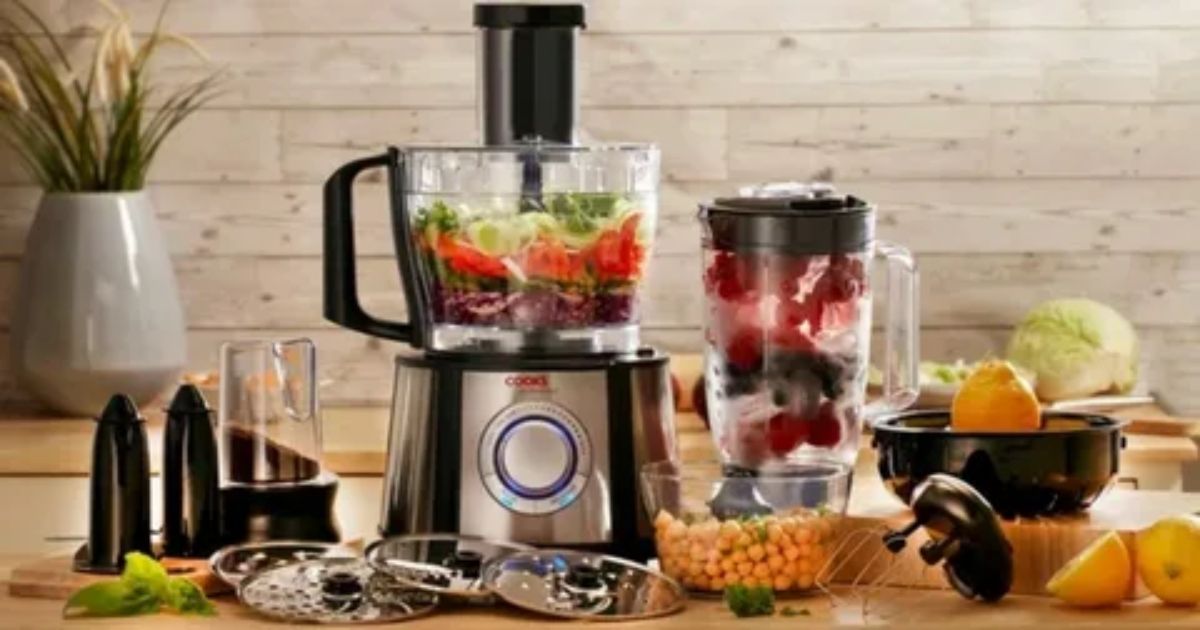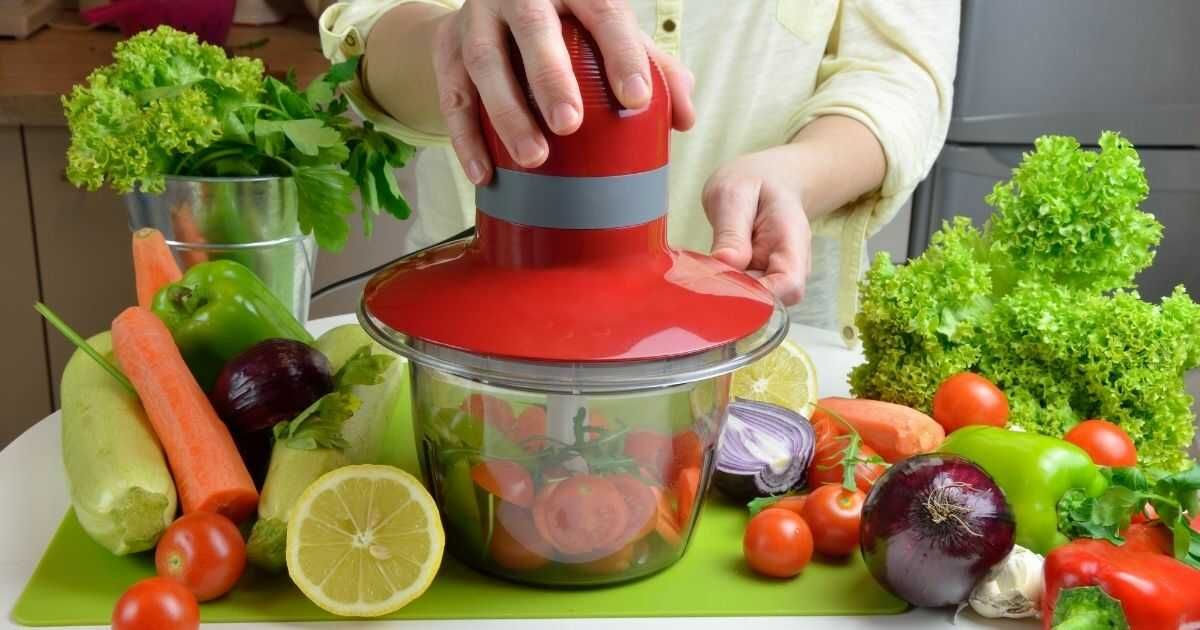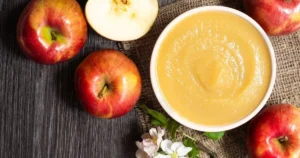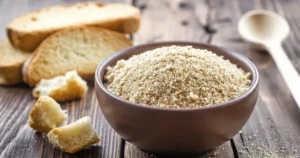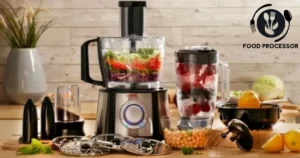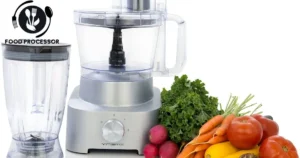Whirring, chopping, and puréeing with ease that’s what you can expect when using a Hamilton Beach food processor. With its powerful motor and multiple blades and discs, this handy kitchen appliance makes quick work of food prep. The sight and sound of a Hamilton Beach food processor instantly sparks images of perfectly chopped veggies, dough mixed to ideal consistency, and sauces blended to creamy perfection.
In just one touch, you can engage How To Use a Hamilton Beach Food Processor? to start shredding, slicing, or kneading your ingredients. The simplicity of use is one of its winning attributes. With basic on and off functions, pulse options, and speed selections, operating a Hamilton Beach food processor is intuitive. The various blades, discs, and attachments included allow you to expand its functionality as needed for your recipes.
How To Use a Hamilton Beach Food Processor?can become your sous chef for a whole range of cooking tasks. From salad making to baby food puréeing, these devices are kitchen multitaskers. With the right technique, you can have professional-quality results right from your countertop. So explore all that your Hamilton Beach food processor has to offer – your next culinary creation is just one touch away.
Choosing the Right Model
When selecting a Hamilton Beach food processor, consider the capacity you need. Models range from 8-14 cups. The 8-cup is good for smaller tasks, while larger models handle batch cooking. Also consider motor power 350-500 watts is standard. More power yields better chopping and mixing ability.
Look for convenient features like multiple speed settings, pulse function, and marked feed tubes. Storage cases protect blades and discs. Bowls with built-in scrapers save cleaning time. Evaluate attachments – basic models include chopping blades and discs. Some feature specialty blades for tasks like kneading dough.
Assembling the Parts
First, set the base on a clean, flat surface. Gently lower the work bowl straight down onto the base, lining up the tabs. Turn the bowl clockwise to lock into place. Insert the blade or disc, pushing up until it clicks. For discs, note the slicing/shredding side.
Using the Bowl and Lid
The bowl capacity, usually 8-14 cups, determines how much you can process at once. Fill to max fill line – overfilling can leak. The lid keeps food contained while processing. Its feed tube allows adding ingredients without removing the lid. Use a food pusher to guide food down.
Take care when filling and operating not to overflow or overprocess. Note processing times in recipes going too long can overchop or overmix. Make small batches for best control and even processing. Between batches, check consistency and scrape down sides with a spatula if needed.
Inserting the Blade
The S-shaped stainless steel chopping blade typically inserts onto a central shaft in the work bowl. Line up the blade opening with the shaft and push up until the blade clicks into place.
For discs, face the slicing or shredding side up depending on the task. Push the disc down onto the adapter ring already inserted in the bowl. Rotate the disc clockwise a little until it drops into place. Avoid overtightening. Refer to manual for correct assembly. Handle sharp blades carefully.
Operating the On/Off Switch
Hamilton Beach processors have On/Off switches on the base. Press once for On, press again for Off. This gives manual control for pulsing. For hands-free processing, rotate the speed knob on top of the lid clockwise to desired speed setting. Rotate fully counterclockwise to stop.
Always make sure the lid and bowl are properly locked before operating. Start at lower speeds when adding chunky items, then increase as necessary. Use pulses for better control. Turn off and unplug the unit before removing the lid or bowl. Never put your hands into a bowl while the unit is plugged in.
Selecting the Speed Setting
Speed settings allow adapting consistency as you process. Low speeds are for mixing thin batters, kneading doughs, and incorporating chunky mixtures. Higher speeds finely chop, blend, or puree foods.
Pulsing gives you manual control for precision chopping. Use narrow pulses to prevent overprocessing. Let the blades stop completely between pulses. For smoother textures, run the processor continuously at higher speeds – but avoid going so long over processes. Consider recipe directions and food type.
Feeding Ingredients
Use the feed tube to add ingredients while the unit is running. First, prep foods to even sizes of about 1-inch for most consistent results. Then, drop pieces vertically down the tube, using the food pusher to guide.
Process small batches, allowing the bowl to empty some between additions. Overfilling can cause leaks, uneven chopping, or motor strain. Between batches, scrape down bowl sides with a spatula to incorporate all food. Avoid packing the feed tube too tightly or adding too fast.
Chopping Vegetables
For chopped veggies like onions, peppers, or carrots, trim and peel ingredients first. Cut into 1-inch pieces. Pulse in 1-2 second bursts until chopped to desired size, letting blades stop completely between pulses. Smaller pieces require more pulses.
Don’t overfill the bowl process batches if needed. Check often for desired consistency, scraping bowl sides if needed. For minced garlic or herbs, pulse in short bursts to prevent overprocessing into a paste. Add liquid ingredients last and pulse just to incorporate.
Shredding Cheese
For shredded cheese, be sure the shred disc side is facing up. Cut cheese blocks to fit the feed tube. Process in batches if needed to not exceed max fill line. Apply light pressure with a pusher as cheese processes. Check often until desired shred size.
Soft cheeses like mozzarella may clump into long shreds. Pulse these in short bursts for more separation. Allow shreds to drop through before adding more cheese. Clean out the bowl fully between batches to prevent clumping of shreds.
Slicing Fruits and Vegetables
Wash, peel, trim and core fruits/veggies first. Cut pieces to fit the feed tube. Place slicing disc in bowl with slice side up. Apply light pressure with a pusher to guide food through. Always process with the lid locked.
Work in batches for best results. Check thickness and rearrange pieces to ensure even slicing. If slices get stuck, remove lid/disc carefully using spatula and cut food to smaller pieces. Avoid forcing too much through at once. Uniform 1-inch pieces work best.
Mixing Batters and Doughs
The chopping blade excels at mixing and kneading wet ingredients. For batters, combine dry then liquids in a bowl. With the machine running, add liquid through the feed tube in a steady stream – too fast can cause splashing.
For doughs, pulse dry and liquid ingredients first to combine. Increase to low speed to knead just until dough forms into a ball riding around the blade – no longer than 30 seconds. Turn out and finish kneading by hand if needed.
Cleaning and Storing
Always unplug the unit fully before cleaning! Remove lid, bowl, and blades carefully. Wash removable parts either by hand or dishwasher. Clean the base with a damp cloth – avoid immersion or spraying water.
After washing, dry all parts fully with a towel. Insert blade into bowl and replace lid for storage to prevent losing pieces. Some models provide protective cases. Store processor assembled on countertop or packed carefully into a cabinet.
FAQs
How do you operate the Hamilton Beach food processor?
You operate the Hamilton Beach food processor by fitting the bowl onto the base, attaching the blade or disc.
Why is my Hamilton Beach food processor not working?
The most likely reasons a Hamilton Beach food processor is not working are a faulty power adapter.
How do you puree food with a Hamilton Beach food processor?
To puree food with a Hamilton Beach food processor, assemble it with the S-blade, add ingredients to the bowl,
Conclusion
In summary, a Hamilton Beach food processor is a versatile kitchen appliance that can make food preparation easier and faster. Its powerful motor and multiple blades allow you to chop, mix, shred, slice, knead, puree and emulsify a wide variety of ingredients with just a press of a button.
Key features covered that maximize functionality and ease of use include the multiple speed options and pulse function, the feed chute sizes for continuous feeding or adding liquid, the reversible shredding and slicing discs, the chopping blade assembly, and the various dishwasher-safe bowl and blade attachments.
